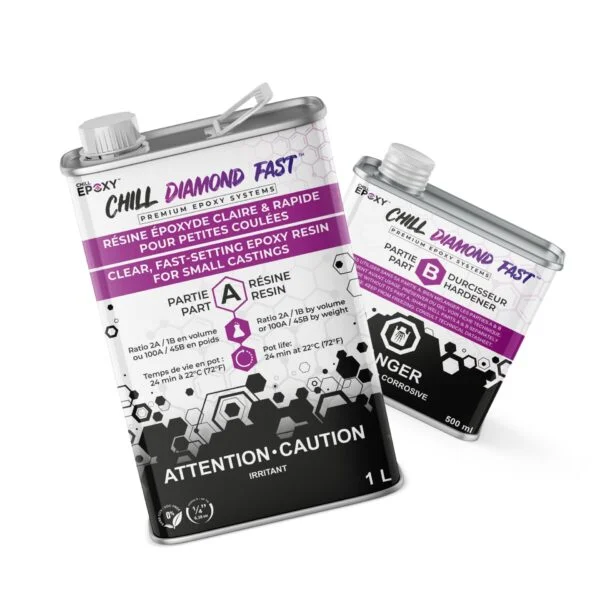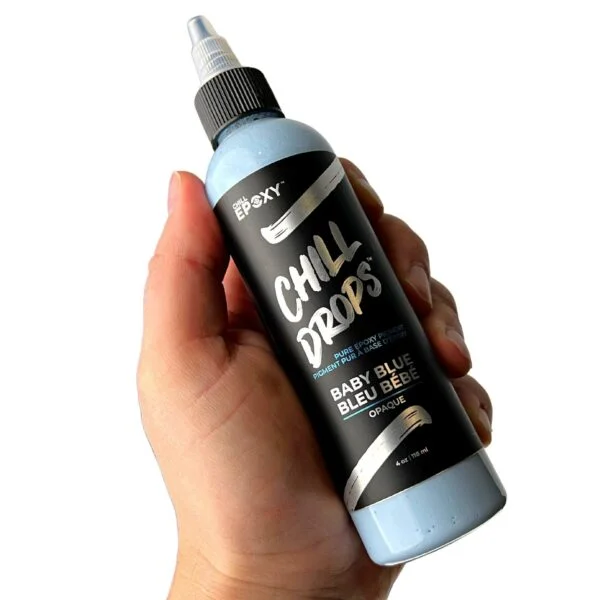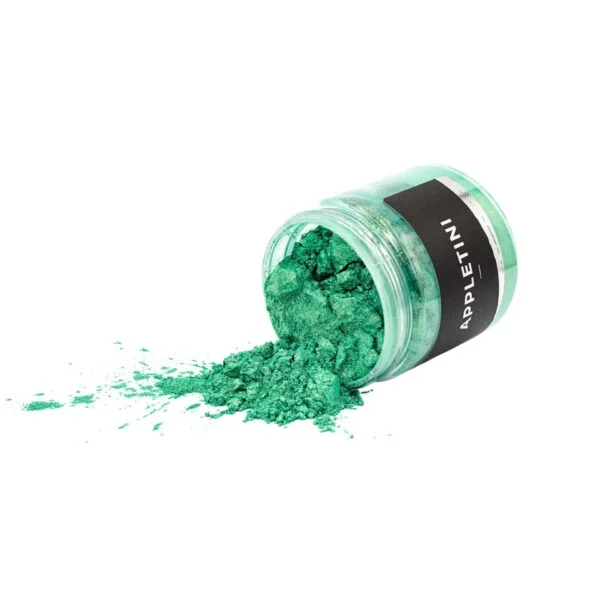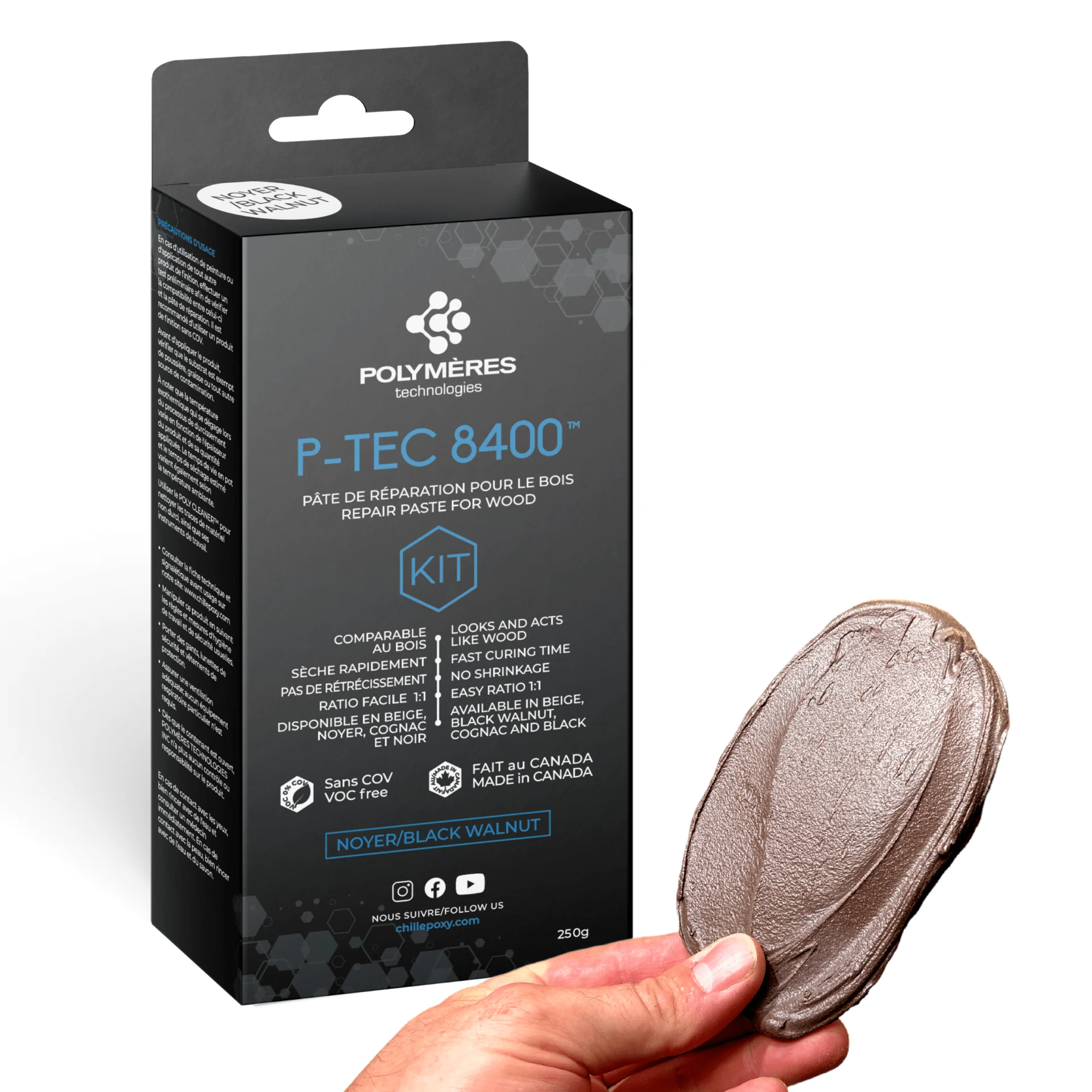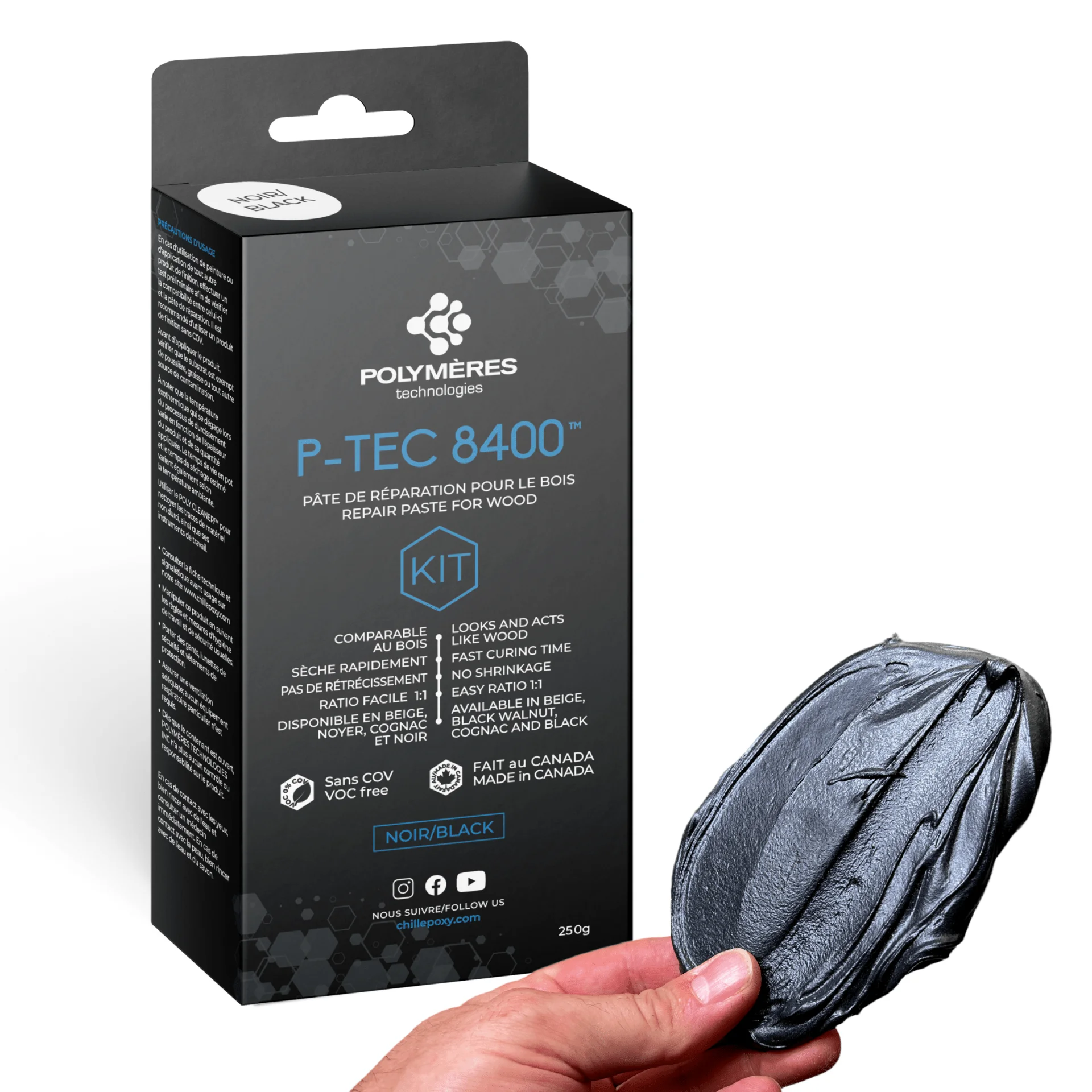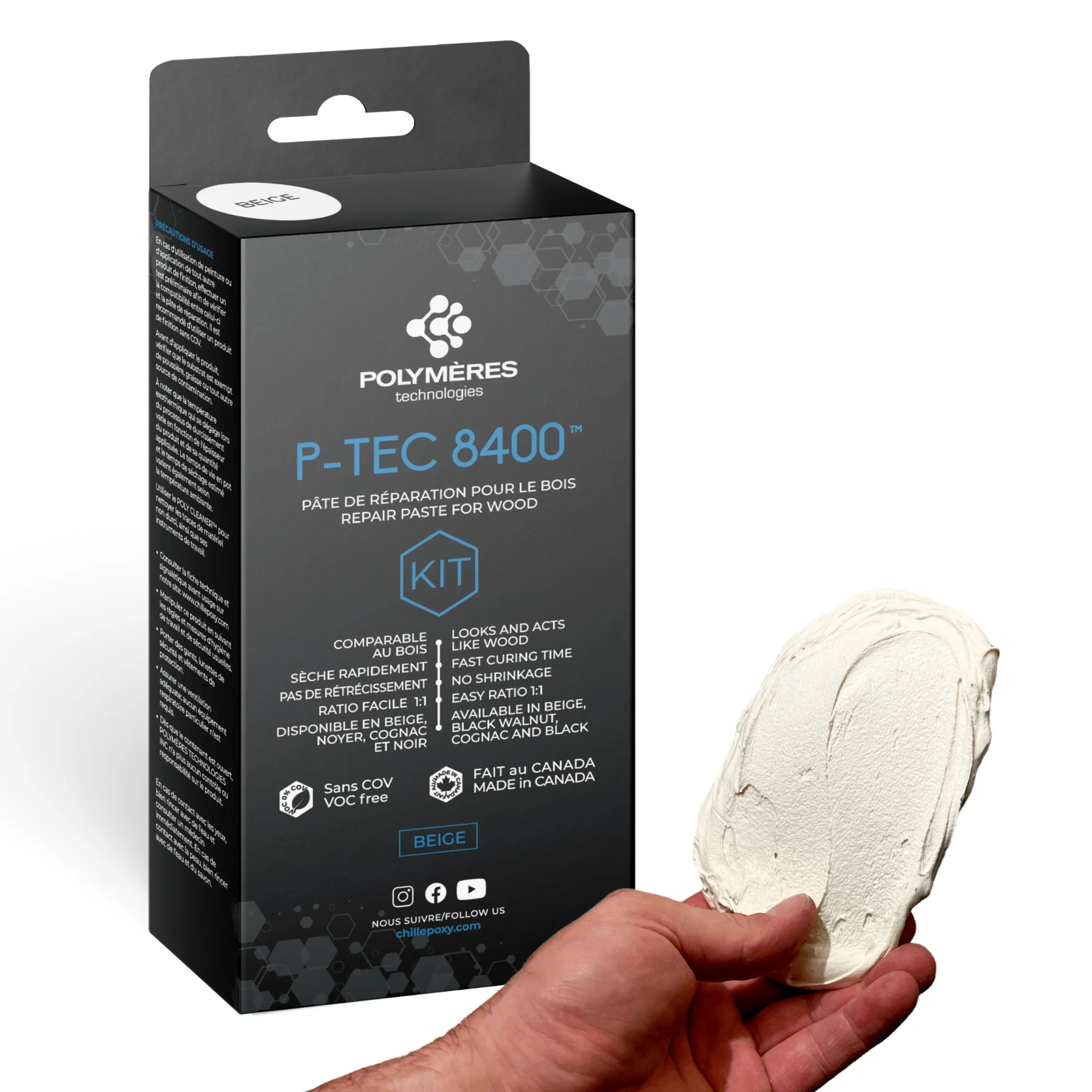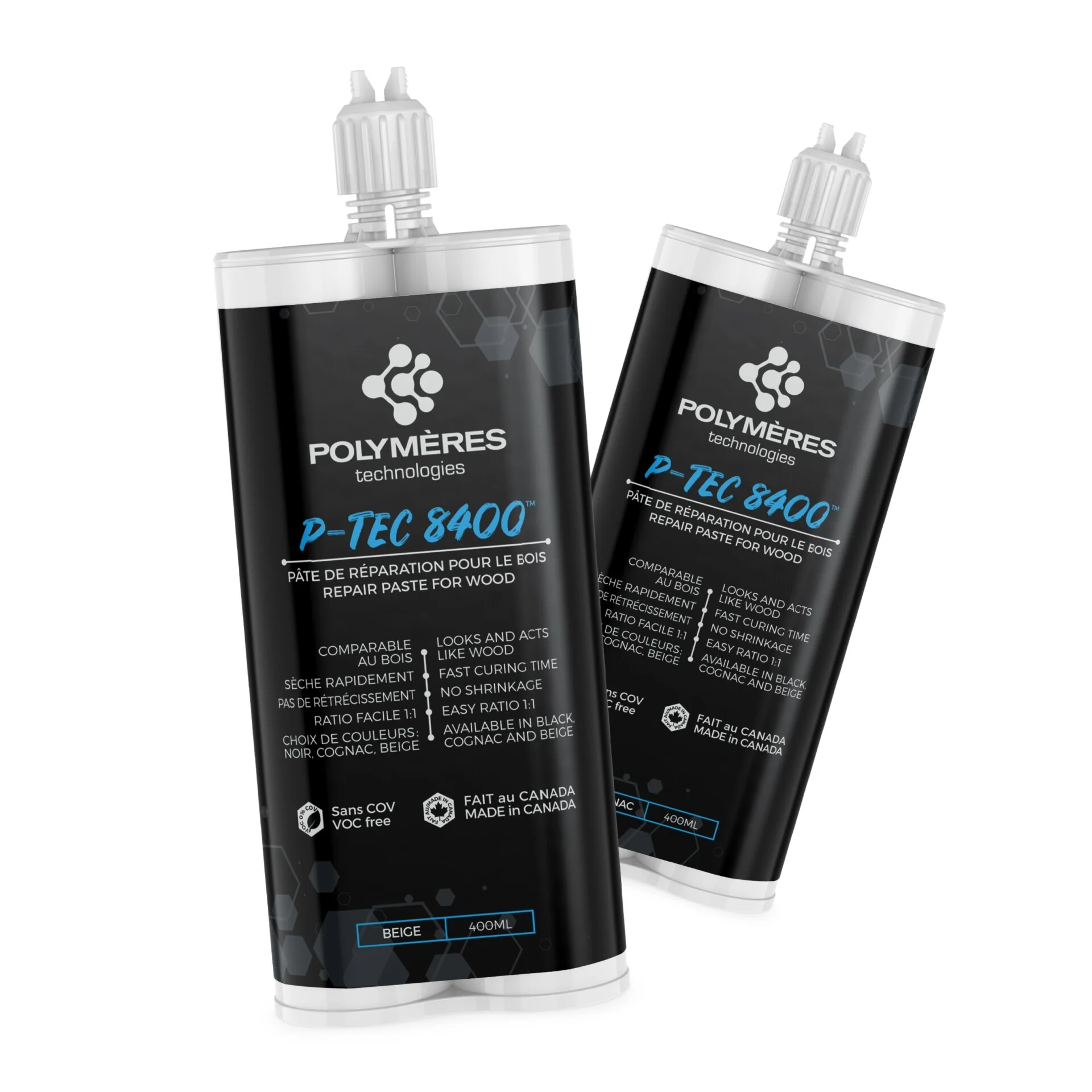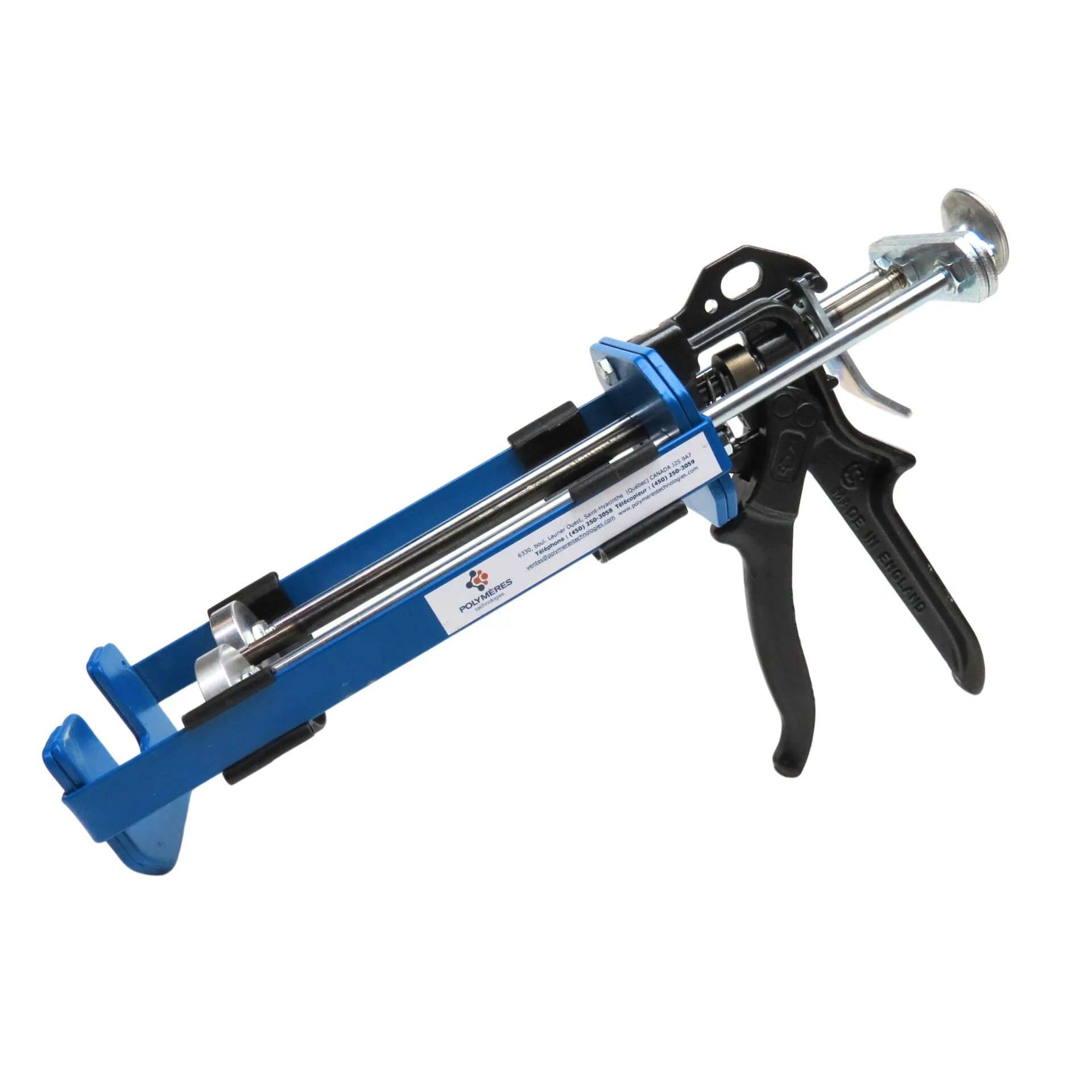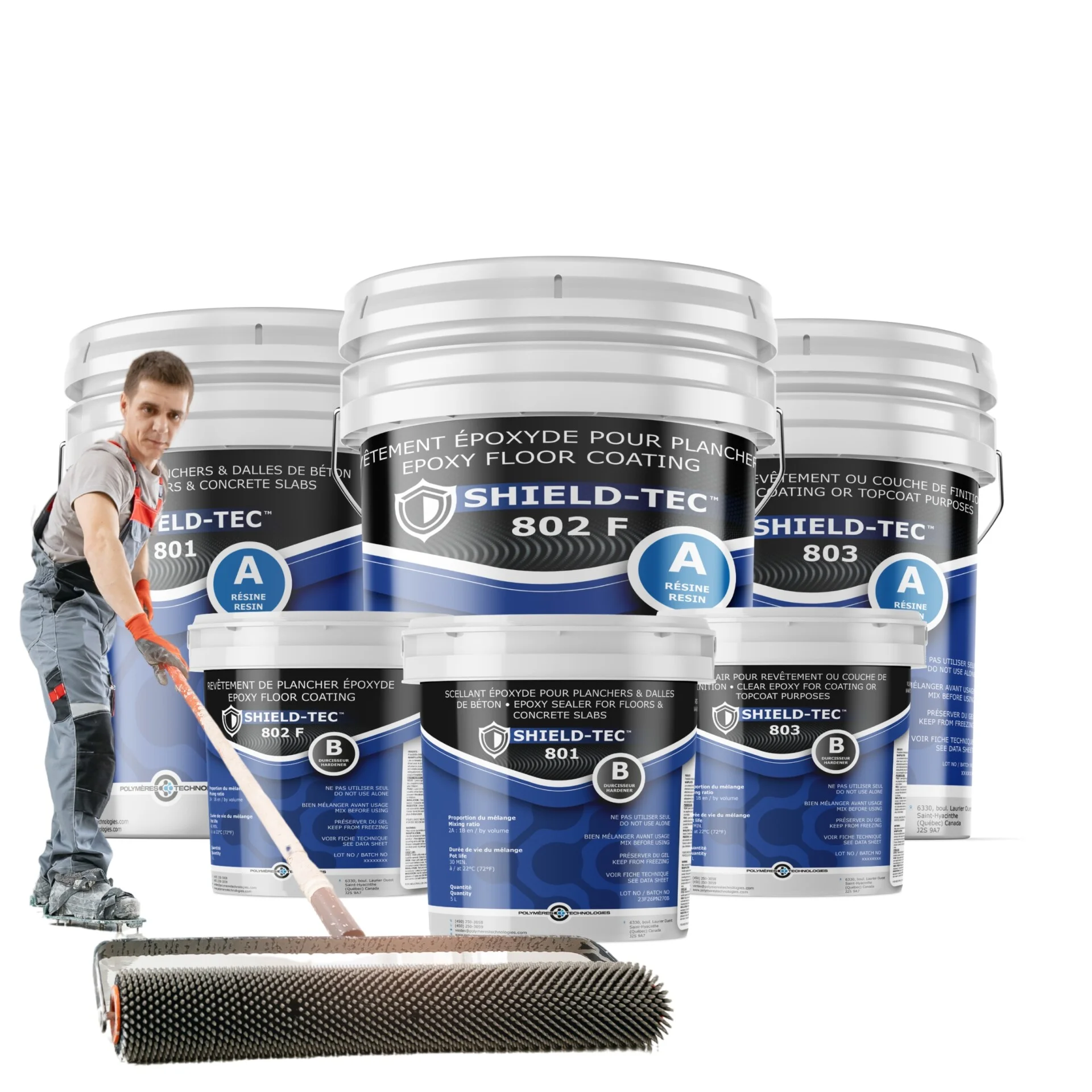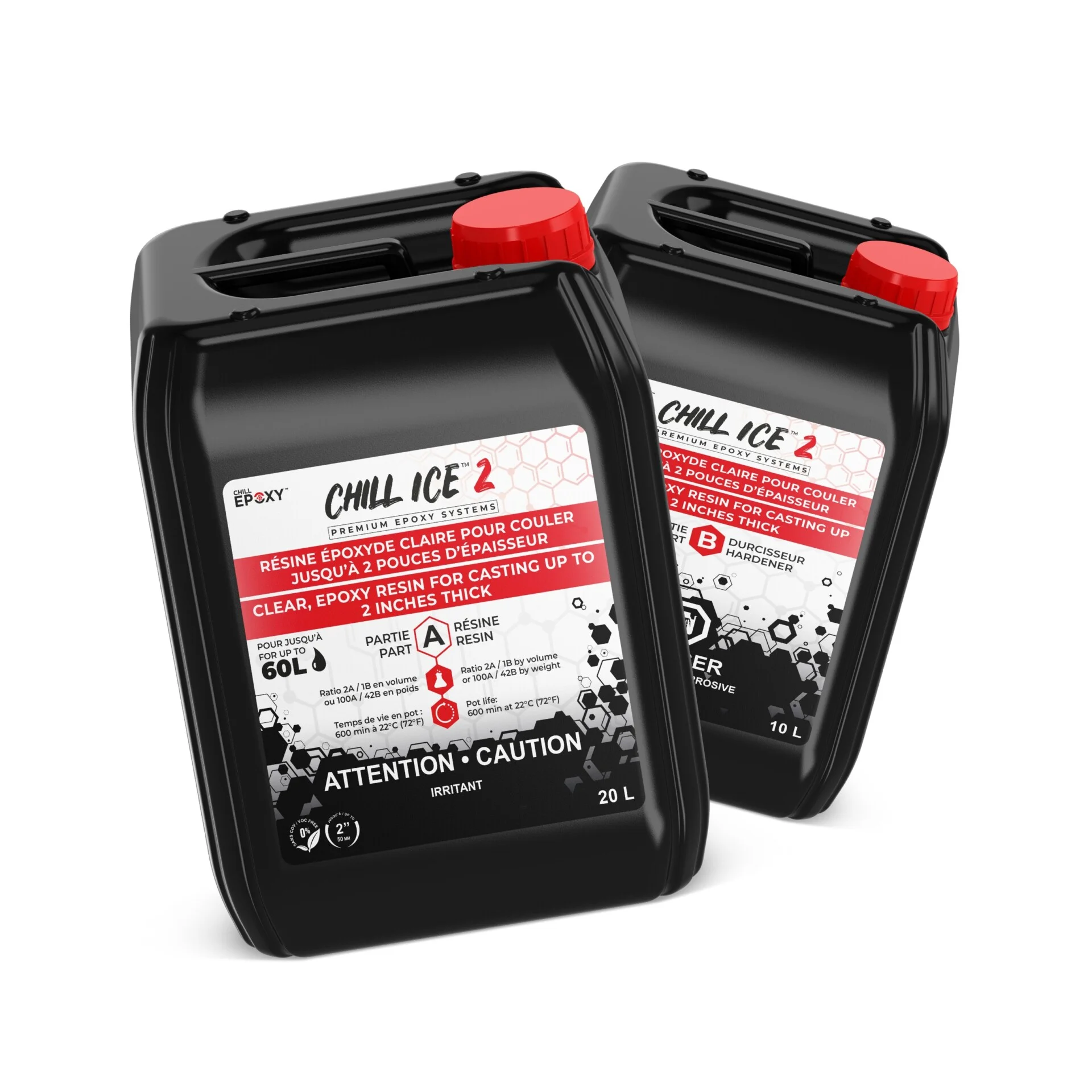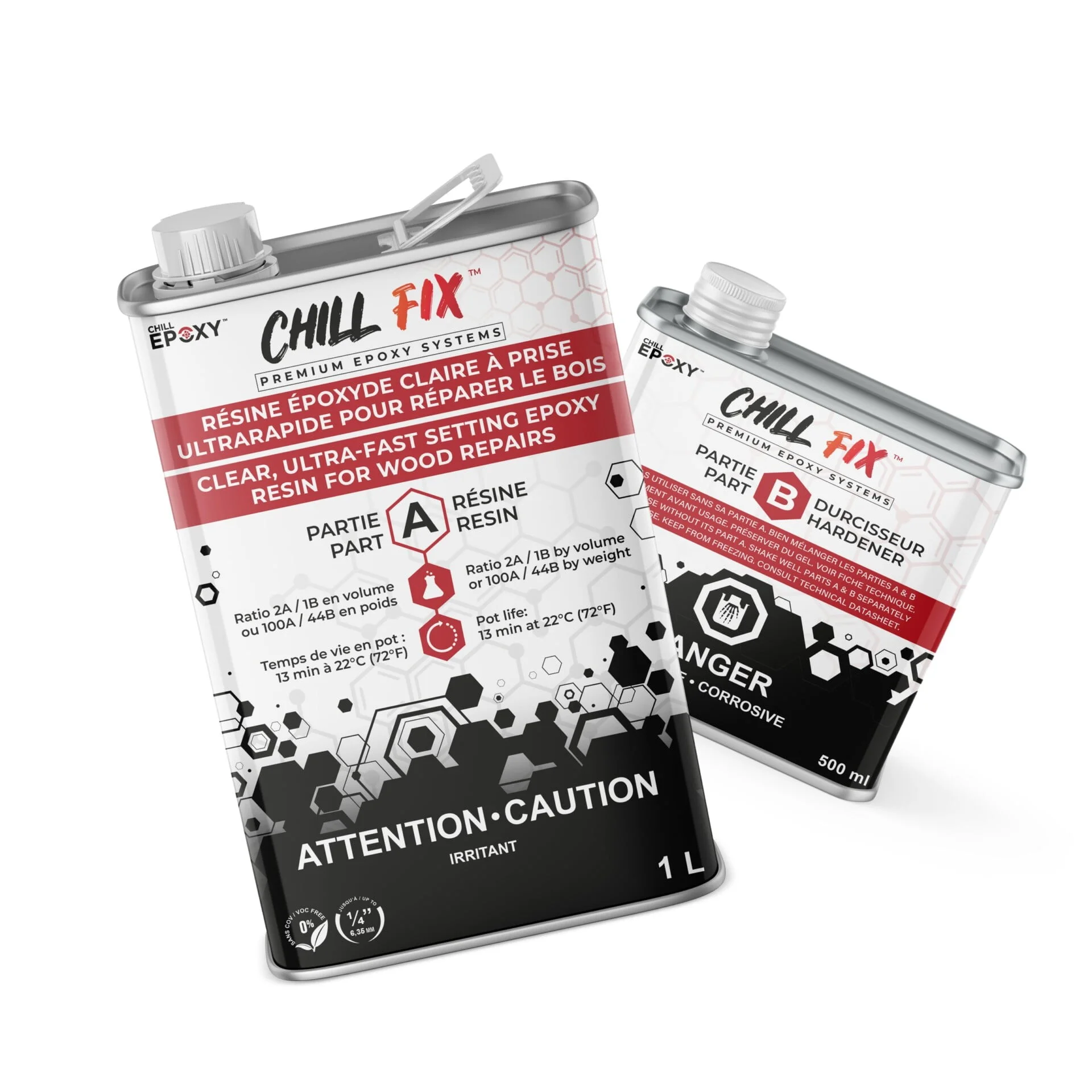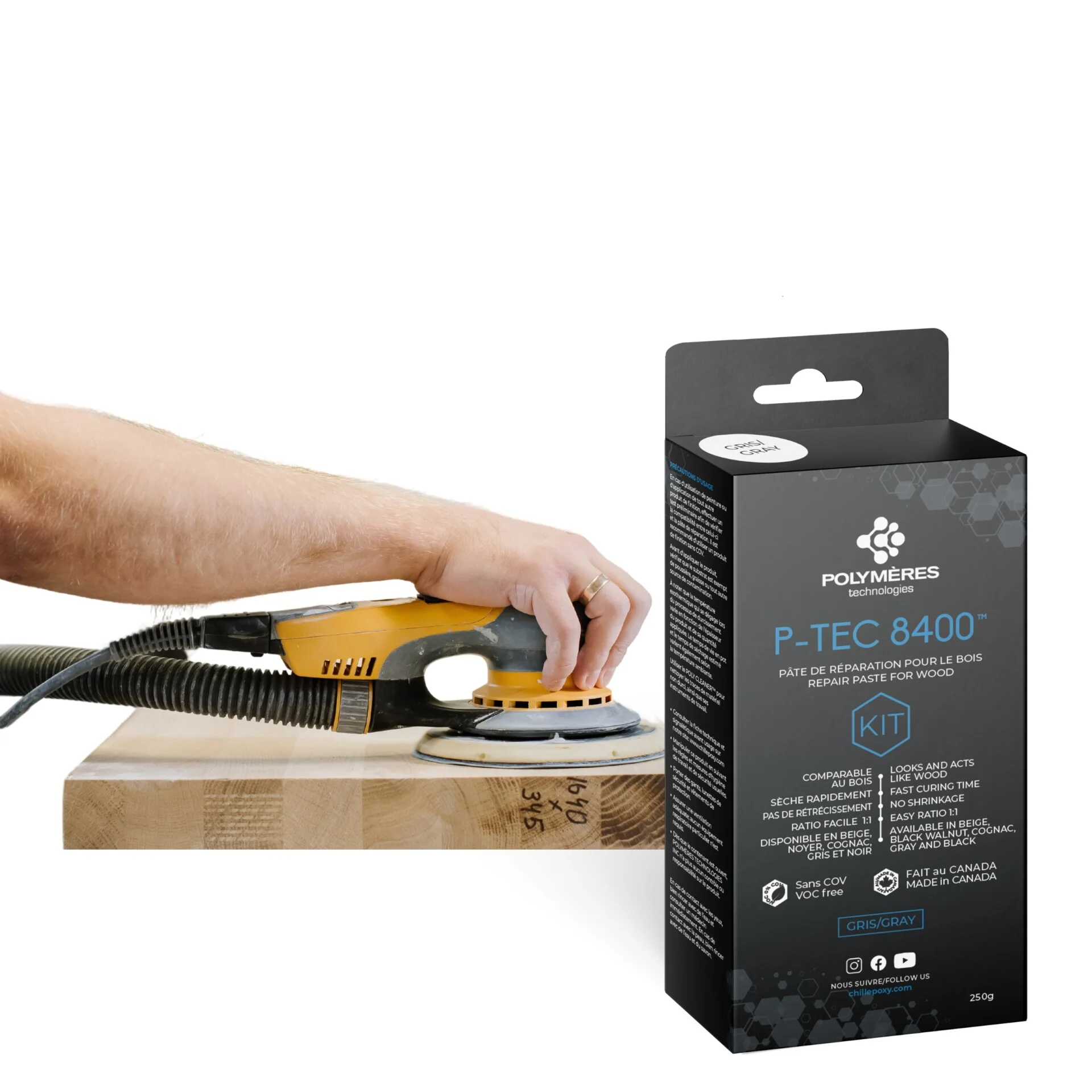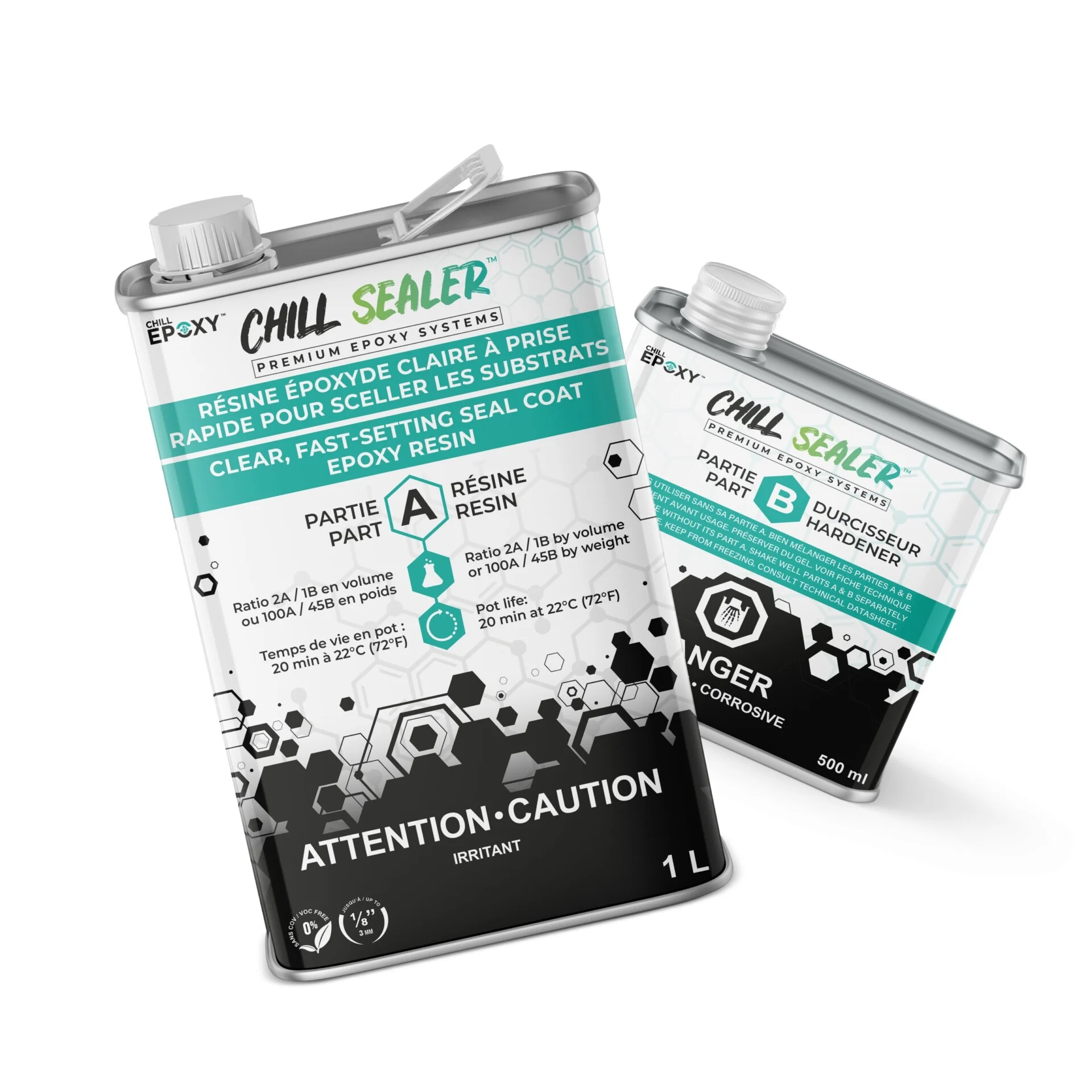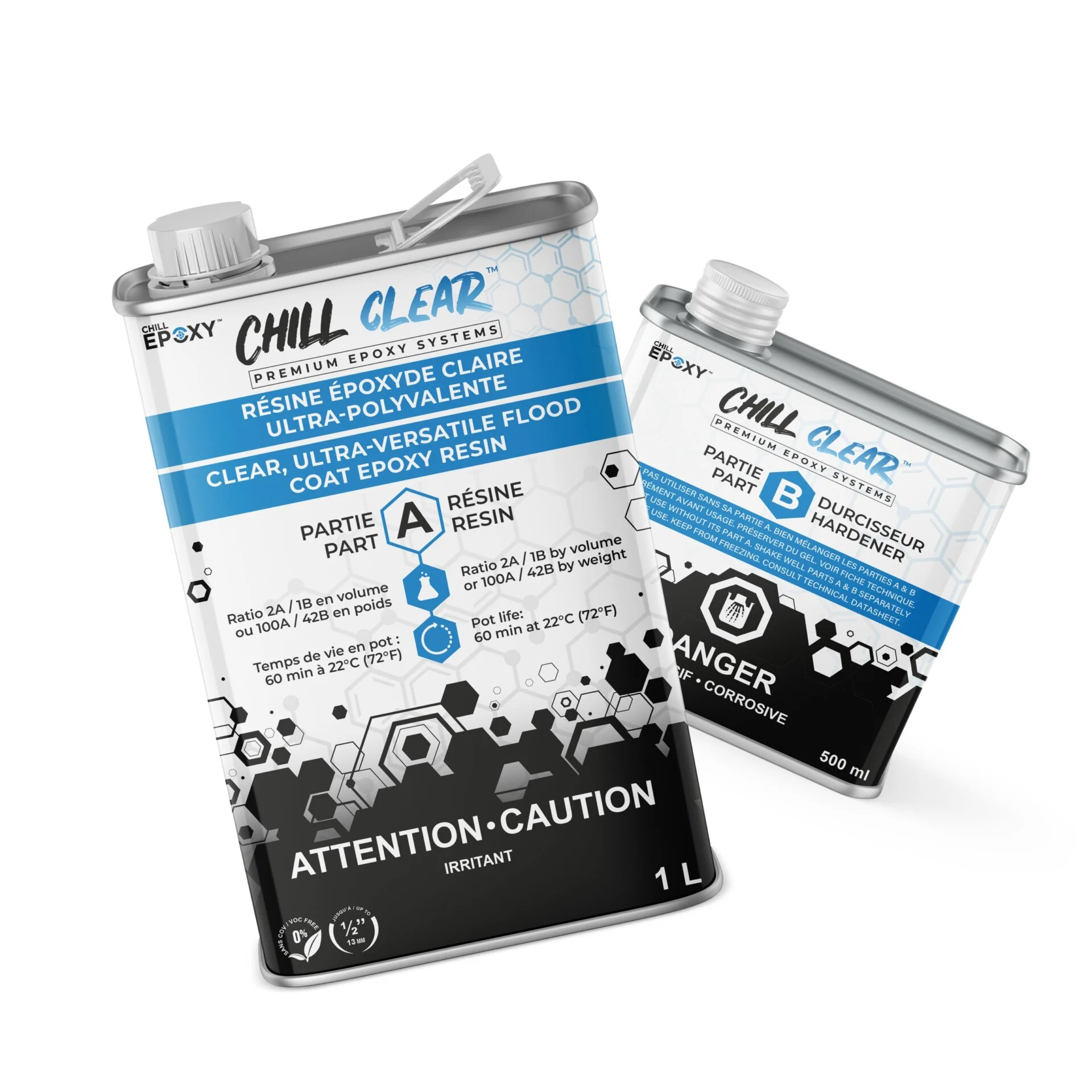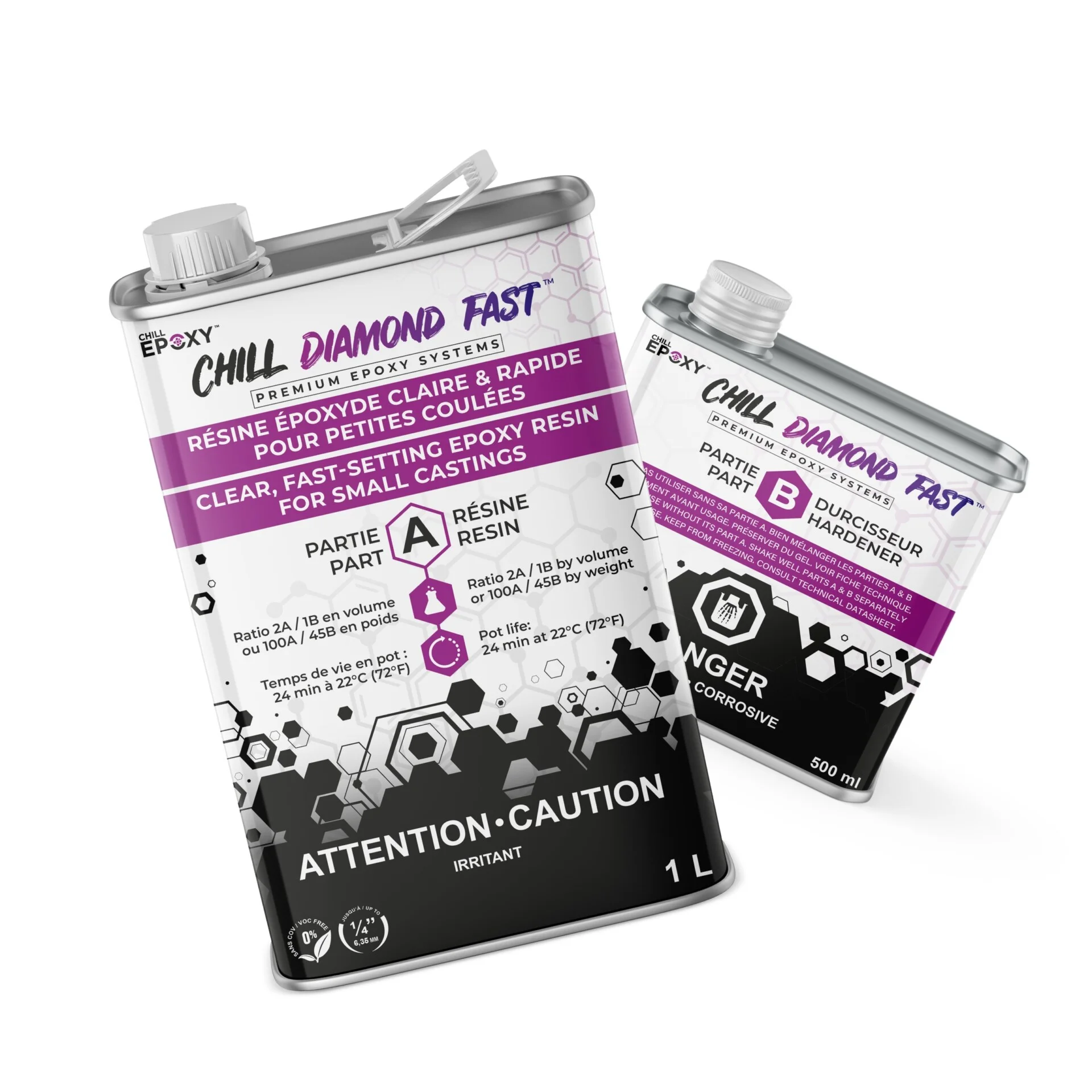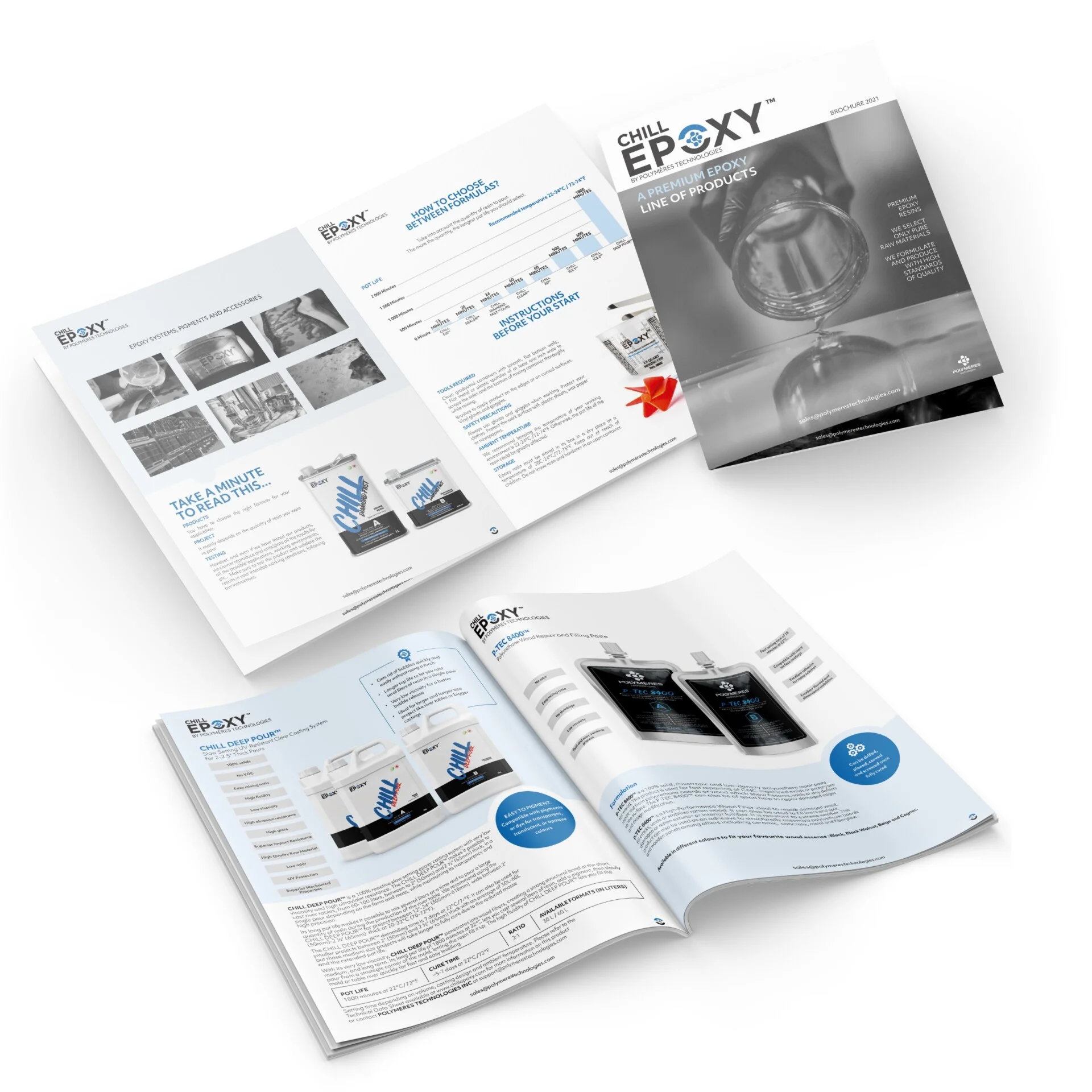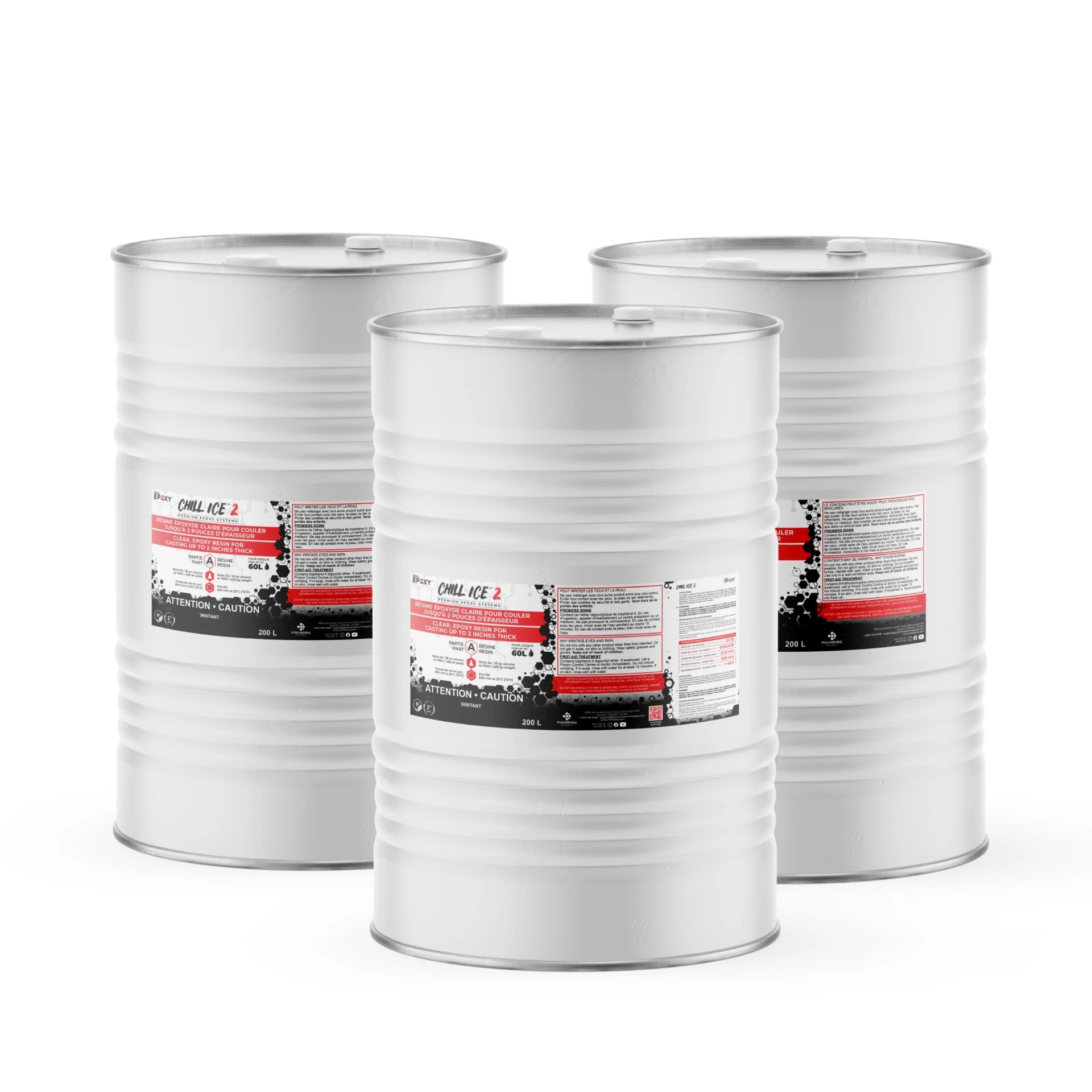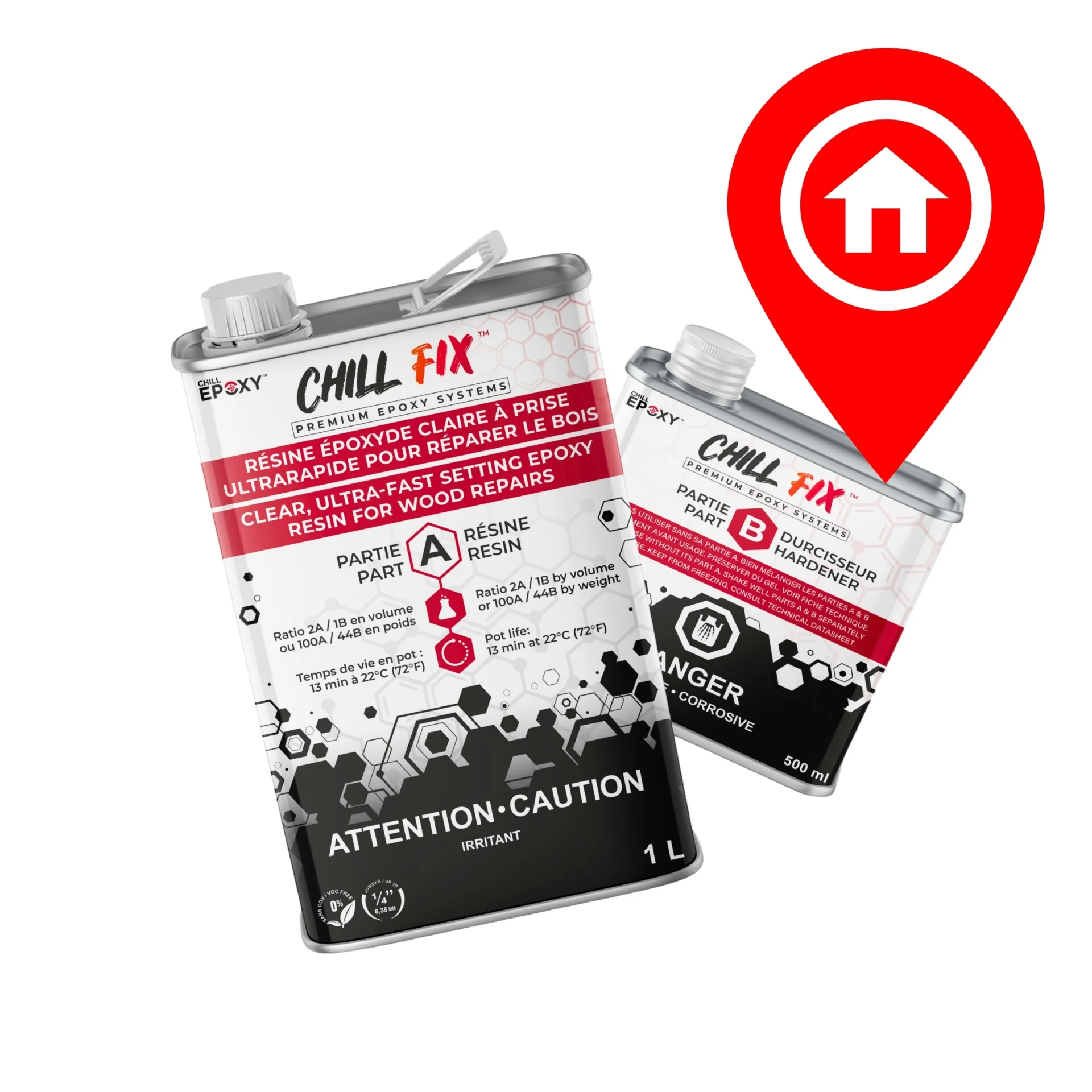Health Hazards of Epoxy Resins: Understanding the Risks and Precautions
Epoxy resins are widely used in construction, manufacturing, and DIY projects due to their versatility, durability, and affordability. However, many people are unaware of the potential health risks associated with these resins, particularly when they are not handled properly. In this article, we will take a closer look at the health hazards of epoxy resins, and discuss the necessary precautions that must be taken to minimize the risks.
Precautions to Minimize Health Risks
To minimize the health risks associated with epoxy resins, it is important to follow proper handling and safety procedures. Here are some of the key precautions that must be taken:
- Wear protective gear: When working with epoxy resins, it is important to wear gloves, eye protection, and a respirator to protect against skin and respiratory irritations.
- Ventilate the work area: The fumes produced during the curing process of epoxy resins can be harmful, so it is important to ventilate the work area by opening windows or using an exhaust fan.
- Avoid skin contact: If skin contact does occur, wash the affected area with soap and water immediately, and seek medical attention if necessary.
- Store epoxy resins properly: Epoxy resins should be stored in a cool, dry place, away from heat sources and out of reach of children and pets.
Epoxy resins are a type of thermoset polymer that is widely used due to its versatility and durability. However, like all chemicals, they come with some health hazards that must be understood in order to use them safely. CHILL EPOXY™ is a brand of epoxy that is specifically designed to minimize these hazards and to provide a safe and easy-to-use product.
The RESIN component : CHILL EPOXY™ part A’s are mainly composed of the core epoxy resin that is a non volatile clear viscous liquid at room temperature, modified with viscosity reducers and additives to adjust end use properties and handling behavior.
Viscosity reducers usually contain an epoxy group that co-reacts alongside the resin with the hardener, so they become chemically linked into the backbone polymer. They are called the reactive diluents. Others may not contain an epoxy group: they are used to tailor physical properties and build in convenient mixing ratio, while contributing to control cure shrinkage, stress and exotherm, in addition to reduce viscosity. They are fully miscible and compatible with epoxy, and are called the non reactive diluents. All CHILL EPOXY™’s reducers, wether reactive or not, exhibit low enough vapor pressure at ambient temperature not to be designated as volatiles.
Additives are used in very low concentrations and are considered to remain closely embedded in the cured polymer network. However contrary to the above, they may contain trace amounts of volatiles, but not enough to pose a health threat. Nonetheless, they would be listed on the material safety data sheet whenever present in quantity exceeding the reportable limit.
CHILL EPOXY™’s resins are composed of two liquid components – part A and part B – that once blended together, react to form a solid material. Part A, the core epoxy resin, is a non-volatile clear viscous liquid that is modified with viscosity reducers and additives to improve its handling behavior. These viscosity reducers and additives are used in low concentrations and are considered to remain embedded in the cured polymer network. They may contain trace amounts of volatile chemicals, but not enough to pose a health threat.
The HARDENER component, part B, is formulated with low to medium viscosity amines and/or polyamines that are clear liquids and do not pose a threat to health. Additionally, CHILL EPOXY™ is formulated without volatile organic compounds (VOCs), which can evaporate and cause harm to human health.
Health Hazards of CHILL EPOXY™ Systems
Epoxy systems are a commonly used material in the woodworking, crafting, DIY and more. However, it is important to understand the potential health hazards associated with the use of these systems, especially the liquid components. In this article, we will discuss the health hazards posed by the inhalation of vapors, skin contact, eye contact, and ingestion of Chill epoxy systems.
Inhalation of Vapors
CHILL EPOXY™ systems do not pose a hazard to inhalation at ambient temperatures. However, when opening the containers, particularly part B, a strong ammonia odor can be noticed. This odor is due to the presence of amines and will dissipate quickly. To avoid sniffing the odor, it is recommended to keep your nose away from the containers upon opening. The odor may become more noticeable when the resin (part A) is warm, after being exposed to direct sunlight or close to heating units. The ammonia odor of the warm hardener (part B) will be stronger and last longer. It is important to keep all containers in a cool area.
It is important to note that when the liquid components are heated to temperatures above 45°C (115°F), the vapors can be an irritant to the respiratory tract and/or corrosive to breathe. Some amines may also cause sensitization and/or asthma. It is recommended to consult the Material Safety Data Sheet (MSDS) if this situation applies to your operation.
Once blended and curing without heating, the components will link together and lose their ability to release vapors and smell, even with the temperature rise in the casting matrix from the exotherm. Exposure to vapors is not expected to occur in these conditions, provided the maximum allowed thickness of the specific CHILL EPOXY™ system is respected. It is recommended to work in a room equipped with a good mechanical general ventilation system.
Skin Contact
Epoxies are mild irritants to the skin and may cause dermatitis and skin sensitization. To avoid skin irritation, it is recommended to wear impervious gloves and forearm sleeves. Dermatitis at or near the pubic region and/or on the genitals may occur if the skin comes in contact with epoxy resin contaminated fingers. Irritation from resin exposure often occurs at the wrist and can be prevented by wearing impervious forearm sleeves.
Amines are generally corrosive to the skin and are strong irritants. Pain will occur quickly after contact, but redness and burns will come fast. To protect the skin, it is recommended to wear impervious gloves and forearm sleeves.
Eye Contact
Epoxies are eye irritants while amines are corrosive and may lead to blindness if left untreated. Contact usually occurs while pouring and/or mixing. To avoid eye irritation and injury, it is recommended to wear safety glasses.
Ingestion
Ingestion of CHILL EPOXY™ systems is not likely, unless the hands are not washed before smoking, eating, or biting nails. If ingestion occurs, rinse the mouth with milk and reject it in the sink, do not swallow. Eating and/or drinking a large quantity of the epoxy system is highly improbable if the work area is kept away from children, newcomers, coffee cups, and other food & beverages. If ingestion does occur, it is recommended to see the MSDS and react promptly, especially if someone drank a cup of the hardener. Amines are highly corrosive to the digestive tract and aspiration of stomach content by medical personnel in the hospital may be necessary.
Cured CHILL EPOXY™ Products
As stated above, thermoset polymers are inert and non-hazardous. But… They will burn when exposed to extreme heat (like other plastics in a fire) while emitting hazardous fumes and smoke. But they will not ignite easily, like gasoline can do in the presence of an ignition source such as a match or a spark. They will emit organic dust when sanded. Dust mask and goggles recommended. Non-reactive diluents, usually 1% or less of the total formula, are not chemically linked to the backbone.
They are fully miscible and compatible in all proportions with all other components and between themselves, in such manner that it is reasonable to assume, as is observed to date, that they are closely embedded into the polymer matrix and hence do not vaporize in the air during and after the cure. In worse case scenario, one could suspect them to eventually leach out.
This hypothesis was formulated, but not yet fully demonstrated or documented. Our observations to date lead us to believe that this process, if ever confirmed, would be very slow and would occur over an extremely long period of time (years). Risk of contact would be minimal, not to say virtually negligible, if the end use product was subjected to some kind of cleaning during its life cycle.
Cured CHILL EPOXY™ products are generally inert and non-hazardous, but it’s essential to be aware of the following:
- They will burn when exposed to extreme heat, emitting hazardous fumes and smoke, but they will not ignite easily.
- They will emit organic dust when sanded, so it’s recommended to wear a dust mask and goggles.
CLOSING REMARK
It is important to always follow the safety precautions listed on the MSDS and to make sure you are properly informed about the product you are using. If you have any questions or concerns, don’t hesitate to reach out to the manufacturer for further clarification. Remember to always handle epoxy resins with care and to observe all recommended safety measures, including wearing protective clothing, goggles and a mask if necessary, to minimize any potential health hazards. The goal is to ensure a safe and healthy working environment, so you can focus on creating your masterpiece without any worries.


